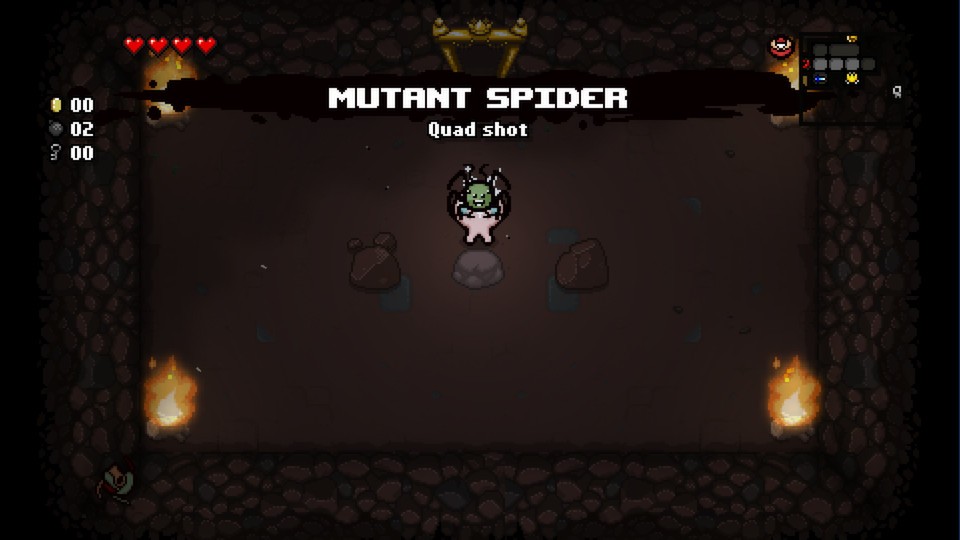

The original intent of the narrative has been understood by the critics either as an etiological legend explaining why the custom of child sacrifice was modified in a certain sanctuary by the substitution of a ram (Gunkel), or as a protest against human sacrifice (Skinner, Genesis (1910), 331–2). The Akedah narrative is generally attributed to source E (which uses ʾ Elohim as the Divine Name) with glosses by the Redactor ( R, hence also the use of the Tetragrammaton) or to source J (in which the Divine Name is the Tetragrammaton) which may have made use of E material (Peake’s Commentary on the Bible (1962), 193). The Akedah became in Jewish thought the supreme example of self-sacrifice in obedience to God’s will and the symbol of Jewish martyrdom throughout the ages. The angel of the Lord then bids Abraham to stay his hand, and a ram is offered in Isaac’s stead. 22:9, a word found nowhere else in the Bible in the active, conjugative form) on the altar. Obedient to the command, Abraham takes Isaac to the place of sacrifice and binds him ( va-ya’akod, Gen. 22:1–19) describing God’s command to Abraham to offer Isaac, the son of his old age, as a sacrifice. binding (of Isaac)) refers to the Pentateuchal narrative (Gen. Judaism: Table of Contents| Abraham| CircumcisionĪkedah (ʿAqedah Heb.


 0 kommentar(er)
0 kommentar(er)
